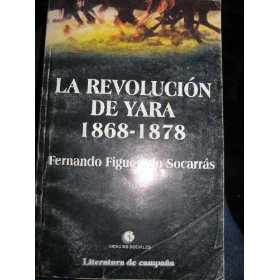3.5 Development and exponents of testimonial literature from the period 1868 – 1898

Testimonial literature was an ideal medium for capturing the situation in the jungle and making known, although sometimes not immediately, the truth about the tactical and strategic actions of the mambises and the Spanish troops.
In the vast majority of cases, those who recounted the memories of certain events did not master the rudiments of literature, but they still left behind texts that were historically important and not devoid of artistic beauty.
In addition to the actual war testimonies, there were also those left by those who played a role related to the feat but were not necessarily present on the battlefield. In this sense, Francisco Vicente Aguilera’s diary constitutes a vivid record both of his honesty in carrying out his duties in the United States, as head of the representation of the Republic in Arms, and of the internal divisions between the supporters of Aldam and Quesada that undermined efforts to support the insurrectionist movement.
During the period of truce or at various points in the support network surrounding the independence movement, during periods of war, texts of lasting testimonial value were also written. Even the correspondence between the main conspirators and military leaders is of extraordinary historical and literary importance, as is the case of the exchange of letters between Máximo Gómez and José Martí.
Also worth mentioning is the diary of Panchito Gómez Toro, which contains important clues about the personality of the Apostle, whom he accompanied on one of his trips to the United States, as well as notes that help reconstruct the characters of heroes such as Antonio Maceo and his own father.
There were even works written that were not directly linked to combat actions but without any connection to the cruelty unleashed by the Spanish troops against the peasant civilian population, such as the crude text entitled “January 6, 1872.”
In general, all these texts, more or less related to the inner workings of the struggle in the jungle, contributed to shaping the knowledge we have today about one of the most important historical periods from the perspective of nationality and the path to its defense. Many of these pieces were later refined aesthetically and constitute valuable foundations upon which the nation’s current literature is built.








